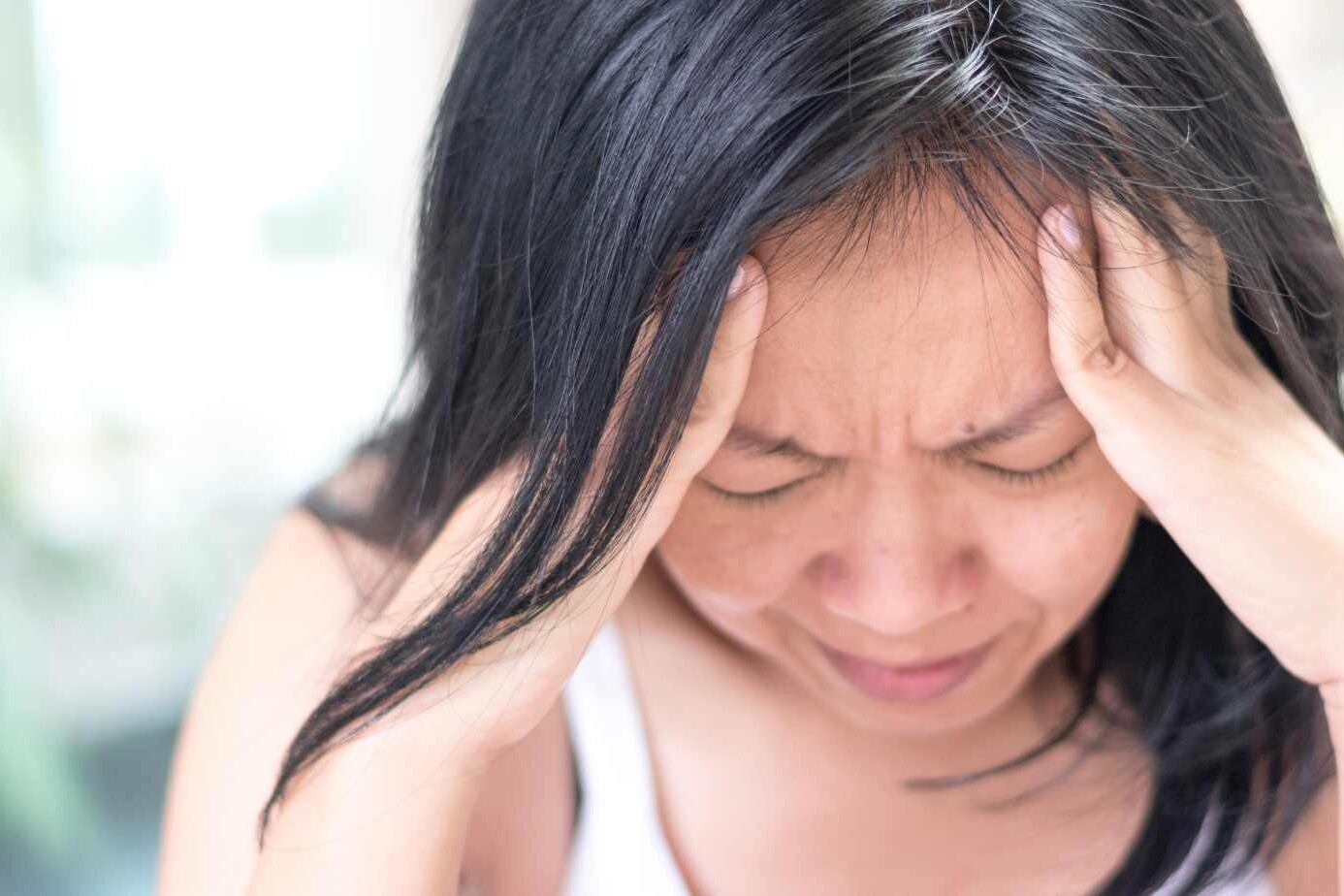Brain tumor treatment without surgery is no longer a distant hope. Medical science has evolved to offer therapies that control tumor growth, reduce symptoms, and extend survival while avoiding the risks of invasive surgery.
Patients who are unable or unwilling to undergo brain surgery now have safer, highly precise, and effective choices that were not possible decades ago.
These non-surgical methods focus on slowing tumor growth, improving quality of life, and in some cases achieving long-term control. Understanding them in detail can help patients and families make informed decisions with their doctors.
Table of Contents
ToggleAdvances in Brain Tumor Treatment and Non-Surgical Options
In the past, surgery was the only way doctors could attempt to remove or control a brain tumor. Today, there are multiple brain tumor treatment options without surgery that rely on medicine, targeted energy, and supportive care. These therapies represent some of the most important advances in brain tumor treatment because they give hope to patients whose tumors cannot be removed safely.
For example, a tumor deep in the brainstem cannot be operated on without severe damage to essential nerves. In such cases, therapies like proton beams or stereotactic radiosurgery may control growth for years. Similarly, chemotherapy drugs that cross the blood brain barrier are now designed to reach tumor cells while sparing healthy tissue.
These options include steroids to control swelling, chemotherapy for brain tumor, radiation therapy for brain tumors, stereotactic radiosurgery, proton and particle therapy, and selected alternative treatment for brain tumors when combined safely with conventional care.
Steroids for Brain Tumor Treatment
Steroids such as dexamethasone are often the first medicines given to patients with brain tumors. Their purpose is not to cure the tumor but to reduce swelling inside the brain caused by tumor pressure. This swelling, also known as cerebral edema, is one of the main reasons patients experience headaches, nausea, and blurred vision.
For example, a patient diagnosed with a meningioma may arrive at the hospital with severe headaches. Within 24 hours of receiving steroids, the swelling decreases and symptoms improve dramatically. This quick relief allows the patient to prepare for further treatments like chemotherapy or radiation.
Steroids, however, are not free from risk. Long term use can lead to complications such as high blood sugar, weight gain, or weakened bones.
Doctors carefully adjust the dose to provide maximum relief while minimizing side effects. In most cases, steroids are used for short periods to stabilize the patient.
Chemotherapy for Brain Tumor
Chemotherapy for brain tumor is one of the oldest yet continuously improving methods of treatment. Unlike surgery, which removes only visible tumor tissue, chemotherapy has the ability to attack cancer cells spread across the brain. It is especially vital for aggressive tumors like glioblastoma.
Systemic Delivery of Chemotherapy for Brain Tumor
In systemic delivery, drugs are given orally or intravenously so that they circulate through the bloodstream. A commonly used drug is temozolomide, which has the unique ability to pass through the blood brain barrier and reach tumor cells directly.
Patients may receive chemotherapy in cycles, with treatment weeks followed by rest weeks to allow the body to recover.
For example, a young patient with an astrocytoma may receive temozolomide for five consecutive days every month. This helps shrink the tumor slowly over time while side effects are managed.
Local Delivery of Chemotherapy for Brain Tumor
Local delivery places chemotherapy directly at the tumor site. A well known example is Gliadel wafers, which are small implants placed in the brain after partial tumor removal. These wafers release medicine directly into the surrounding tissue for weeks.
This method ensures a higher concentration of the drug at the tumor while reducing systemic side effects. Though not every patient qualifies for this approach, it represents a valuable step toward minimally invasive brain tumor treatments.
Radiation Therapy for Brain Tumors
Radiation therapy for brain tumors uses high energy beams to destroy cancer cells or slow their growth. It is one of the most effective tools for patients who cannot undergo surgery.
Advantages of Radiation Therapy in Brain Tumor Treatment
Radiation is often chosen when surgery is too risky or incomplete. It can shrink tumors, relieve pressure, and in some cases provide long term control. Modern techniques such as intensity modulated radiation therapy shape the beam to match the tumor’s outline, protecting healthy brain areas.
For children, proton therapy is sometimes preferred since it causes less damage to developing tissues.
Radiation can also be combined with chemotherapy for stronger results. In glioblastoma treatment, radiation given alongside temozolomide has become the global standard of care.
Risks and Considerations of Radiation Therapy for Brain Tumors
Radiation is powerful and may cause side effects such as fatigue, hair loss, memory difficulties, or skin irritation. Some side effects appear weeks later, while others may develop years after therapy.
Patients often ask, “How many radiotherapy sessions for brain tumor?” The answer depends on the tumor type, but most patients undergo 20 to 30 sessions spread over several weeks.
Stereotactic Radiosurgery for Brain Tumor Treatment
Stereotactic radiosurgery is a focused form of radiation that delivers a very high dose in one or a few sessions. It is called radiosurgery because its precision is similar to surgery, although no scalpel is involved.
For example, a patient with a small acoustic neuroma may undergo Gamma Knife radiosurgery in a single outpatient session. The tumor stops growing while the surrounding hearing and balance nerves are spared.
This makes radiosurgery a preferred choice for tumors less than three centimeters in size.
Proton Therapy and Particle Therapy in Advances in Brain Tumor Treatment
Among the latest brain tumor therapies, proton therapy has gained attention for its precision. Unlike standard radiation, protons release their energy only when they reach the tumor, reducing damage to nearby healthy tissues.
This is especially valuable for children, where protecting normal brain development is critical. Particle therapies using heavier ions like carbon are being studied as even more effective ways of controlling resistant tumors.
Although access is limited due to cost and availability, these therapies represent major advances in brain tumor treatment that continue to expand worldwide.
Alternative Treatment for Brain Tumors and Integrative Medicine
Interest in alternative treatment for brain tumors continues to grow, but it is important to separate supportive care from false promises. These methods are best used alongside conventional treatments, not in place of them.
Complementary Therapies as Alternative Treatment for Brain Tumors
Acupuncture, massage, yoga, and meditation can reduce stress and improve sleep. Patients undergoing chemotherapy often find these practices helpful in managing fatigue and pain.
There is also increasing discussion about natural remedies for brain tumor such as turmeric or green tea extract. These may have antioxidant properties but cannot replace medical therapy.
Integrative Medicine with Conventional Brain Tumor Treatments
Integrative medicine combines modern treatment with supportive care. For example, a patient receiving radiation may also practice mindfulness meditation to reduce anxiety. This dual approach is a safe way to improve overall well being.
Considerations When Exploring Alternative Treatment for Brain Tumors
Patients should always discuss holistic approaches with their doctor. Some herbs can interfere with chemotherapy or radiation. Safe use of holistic brain tumor treatments requires professional guidance to avoid harmful interactions.
Clinical Trials for Brain Tumor Treatment
When standard care is not enough, patients may explore clinical trials that test how to treat brain tumor without operation using experimental drugs or vaccines.
Potential Benefits of Advances in Brain Tumor Treatment through Clinical Trials
Trials offer access to cutting edge treatments, closer monitoring, and the possibility of longer survival. For example, immunotherapy trials are testing whether the immune system can be trained to recognize and attack tumor cells.
Considerations for Voluntary Participation in Brain Tumor Clinical Trials
Trials carry risks because treatments are unproven. Some may fail to work or cause unexpected side effects. Patients should weigh the possible benefits against the uncertainties before joining a study.
Types of Brain Tumors and Treatment Approaches
Brain tumors are diverse, ranging from slow growing benign meningiomas to aggressive glioblastomas. Treatment depends on the type, size, and location.
- Glioblastomas often require combined chemotherapy and radiation.
- Meningiomas may respond well to radiosurgery.
- Pediatric tumors may benefit from proton therapy to reduce long term side effects.
Understanding tumor type is essential for choosing the right brain tumor treatment without surgery.
Importance of a Multidisciplinary Team in Brain Tumor Treatment
Brain tumor care requires more than one doctor. Neurologists, oncologists, radiation specialists, nurses, and therapists work together as a team. This ensures that every aspect of patient care is considered, from treatment planning to emotional support.
The Bottom Line
Today, brain tumor treatment without surgery is not only possible but increasingly effective. From steroids to reduce swelling to chemotherapy for brain tumor, from precision radiation therapy for brain tumors to radiosurgery and proton therapy, patients now have powerful choices. Adding safe alternative treatment for brain tumors can improve quality of life when combined with standard medicine.
No single method works for all, but with the guidance of a skilled multidisciplinary team, patients can find the best approach tailored to their tumor type and overall health.
FAQ
Is it possible to cure a brain tumor without surgery?
Some tumors can be controlled or reduced with radiation or chemotherapy, but cure depends on tumor type. Complete cure without surgery is rare, though long term control is possible.
Which is the best treatment for brain tumors?
There is no single best treatment. Options depend on tumor type, size, and location. For many, combined therapies such as chemotherapy with radiation offer the most effective outcomes.
What is the best way to remove a brain tumor?
Surgery remains the most direct method when tumors are accessible and safe to remove. For inoperable tumors, non-surgical methods such as radiation or chemotherapy become the main approach.
What is the biggest symptom of a brain tumor?
Persistent headaches that worsen in the morning or with coughing are among the most common symptoms. Other major symptoms include vision changes, nausea, seizures, and difficulty with speech or movement.
How to reduce brain tumor size naturally?
There are no proven natural cures for brain tumors. Supportive approaches such as diet changes, stress management, and safe herbal remedies may improve comfort but do not reduce tumor size.
How many radiotherapy sessions for brain tumor?
Most patients require between twenty and thirty daily sessions spread over four to six weeks. The exact number depends on tumor type, patient age, and whether radiation is combined with chemotherapy.
How long can you take steroids for a brain tumour?
Steroids are usually prescribed for short periods to control swelling. Long term use carries risks like diabetes or bone loss, so doctors taper the dose once symptoms are under control.
About The Author

This article is medically reviewed by Dr. Chandril Chugh, Board-Certified Neurologist, providing expert insights and reliable health information.
Dr. Chandril Chugh is a U.S.-trained neurologist with over a decade of experience. Known for his compassionate care, he specializes in treating neurological conditions such as migraines, epilepsy, and Parkinson’s disease. Dr. Chugh is highly regarded for his patient-centered approach and dedication to providing personalized care.
→ Book a consultation to discover which remedies suit your needs best.





